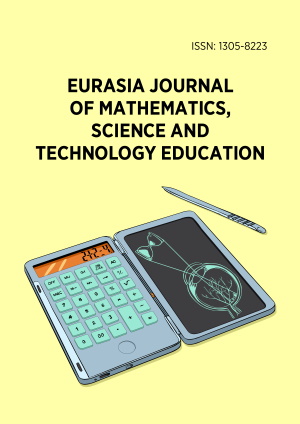Abstract
This mixed-methods study investigates the perceptions of Grade 12 students enrolled in Advanced Placement (AP) Calculus regarding their least preferred topics, to identify instructional and cognitive challenges that hinder their engagement. Data were collected from 53 students across five schools in the United States and Iraq using a survey that included both quantitative and qualitative items. Quantitative analysis revealed that topics related to integration, particularly Applications of Integration and Accumulation of Change, were most frequently identified as difficult. Latent class analysis further distinguished two distinct student groups based on topic preferences. Thematic analysis of open-ended responses highlighted key challenges such as cognitive overload, lack of engagement, struggles early in the semester, and anxiety related to assessments. Students also expressed negative emotional responses, emphasizing the affective dimensions of learning advanced mathematics. Despite these difficulties, participants identified effective instructional methods, including concise teacher explanations, visual aids, guided practice, and the use of multimedia resources. The findings suggest that student-centered, scaffolded instruction can help alleviate conceptual barriers and improve learning outcomes in AP Calculus. This study adds to the growing body of literature advocating for responsive and differentiated teaching practices in high-stakes mathematics courses. Implications for instruction, curriculum design, and teacher training are also discussed.
License
This is an open access article distributed under the Creative Commons Attribution License which permits unrestricted use, distribution, and reproduction in any medium, provided the original work is properly cited.
Article Type: Research Article
EURASIA J Math Sci Tech Ed, Volume 21, Issue 10, October 2025, Article No: em2712
https://doi.org/10.29333/ejmste/17075
Publication date: 01 Oct 2025
Online publication date: 16 Sep 2025
Article Views: 2214
Article Downloads: 824
Open Access References How to cite this article
 Full Text (PDF)
Full Text (PDF)